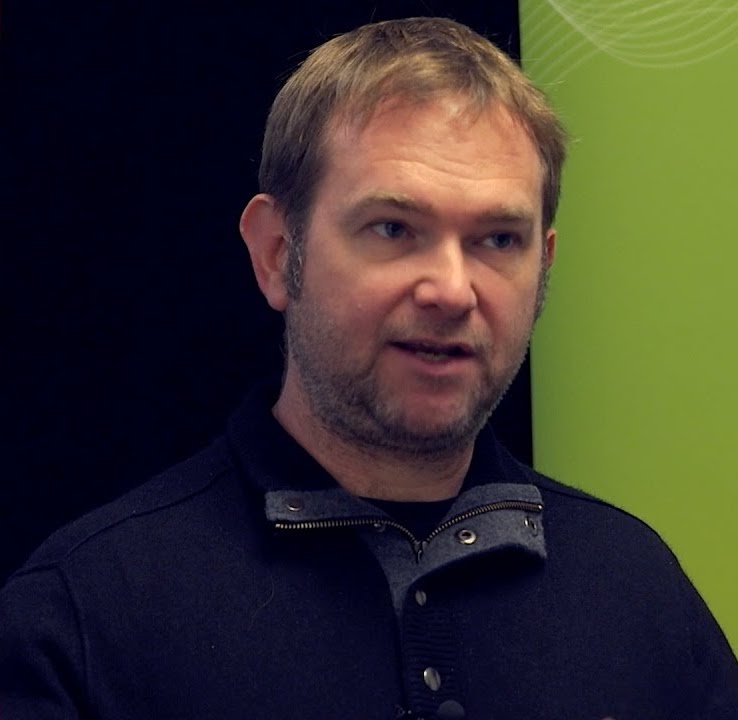
If you work in a team that builds and runs IT infrastructure, then cloud and infrastructure automation tools should help you deliver more value in less time, and to do it more reliably. In practice, however, they drive ever-increasing size, complexity, and diversity of things to manage.
Cloud and automation have helped by making it far easier for organizations to add and change digital services. But many teams struggle to manage the proliferation of cloud-hosted products, applications, services, and platforms.
Using code to define and build infrastructure creates the opportunity to bring a wide set of tools, practices, and patterns to bear on the problem of how to design and implement systems. We're still discovering better ways to make the best use of these technologies. My goal isto share what I'm learning from working and talking with different teams around the world.
Book
Rough draft chapters of the third edition are available on the O’Reilly Learning Platform. The second edition is available from booksellers.